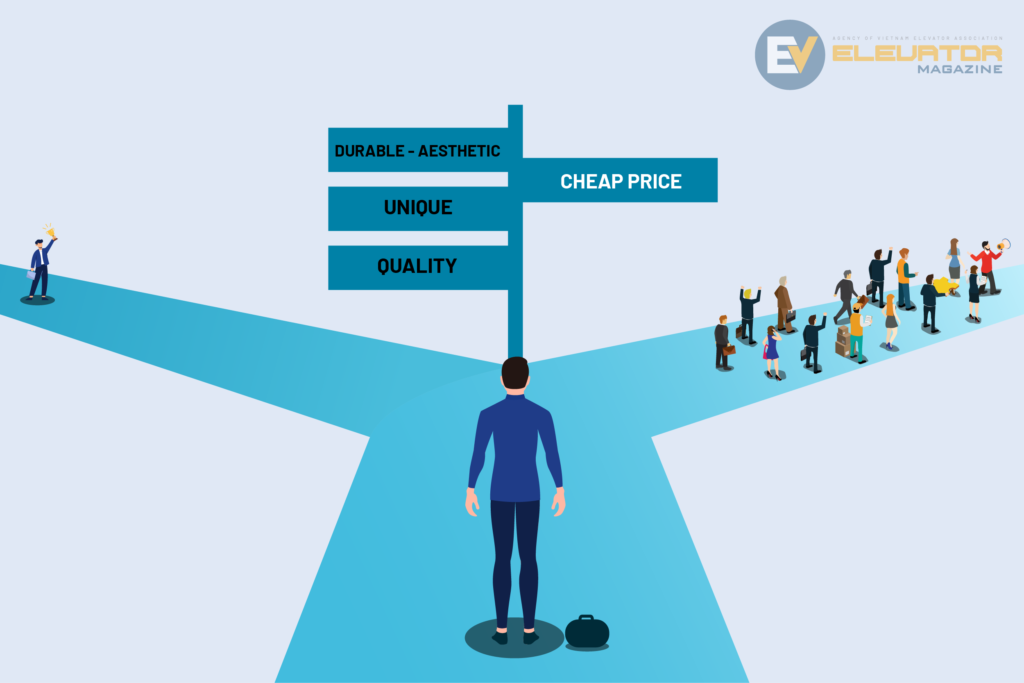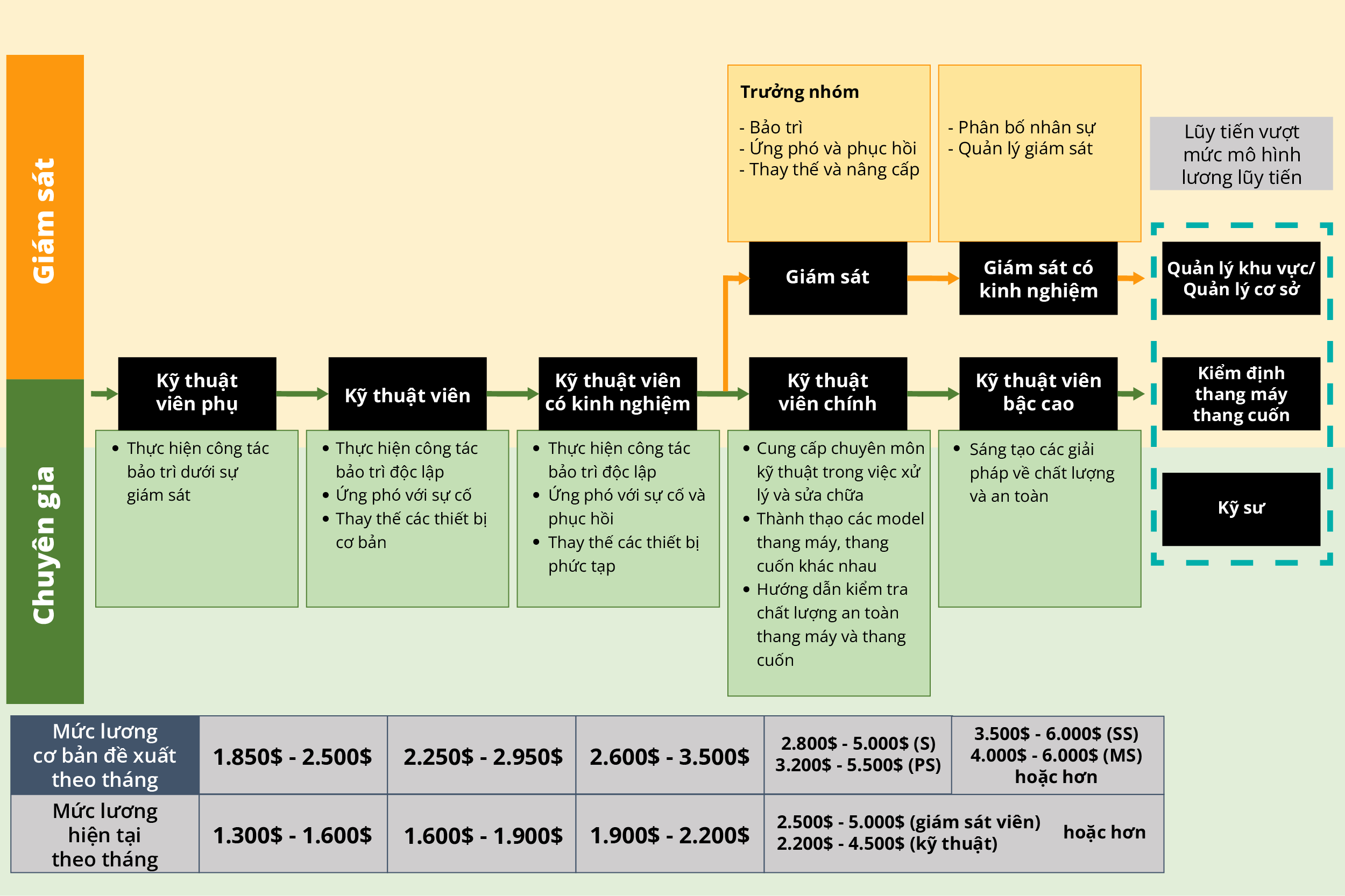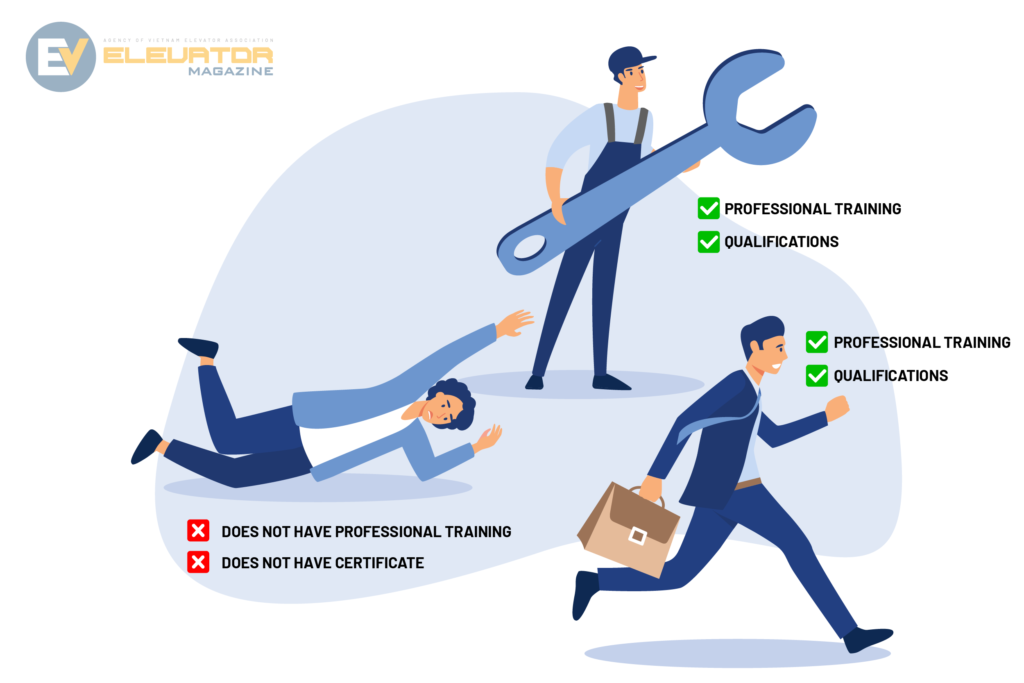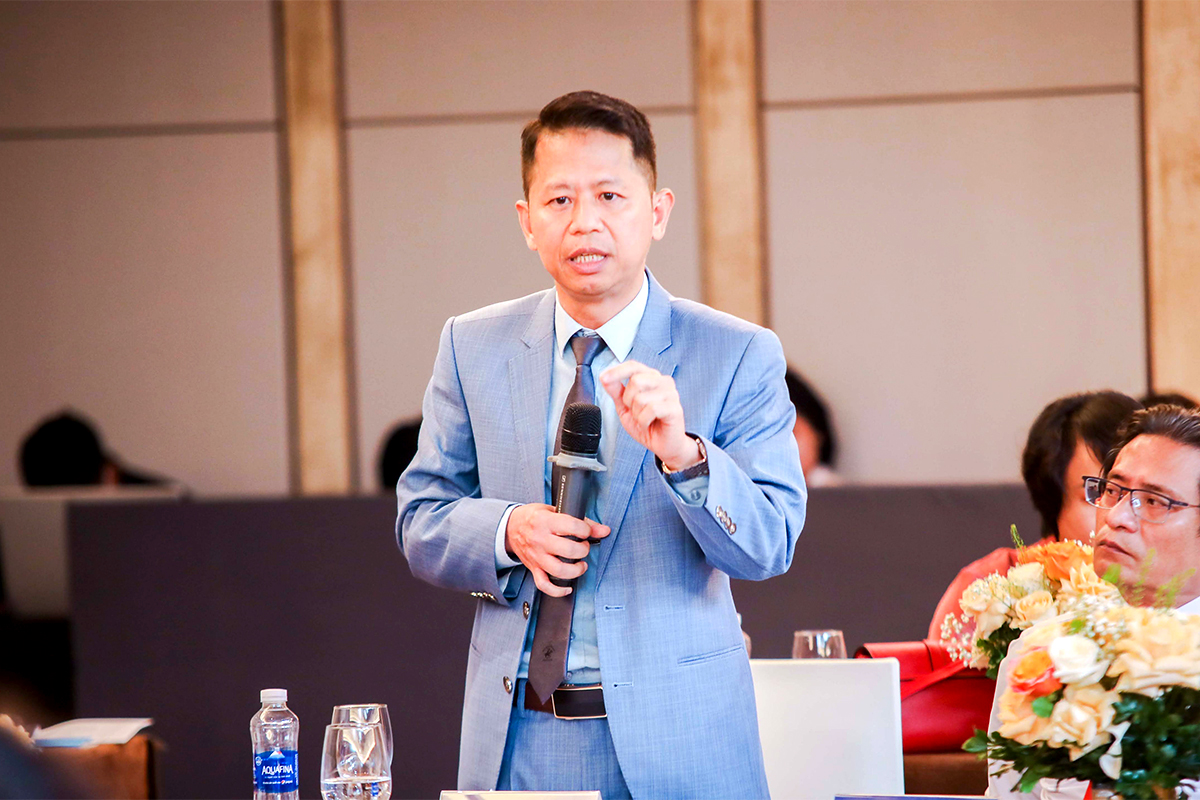EM – Developing from the perspective of competition in the market by product quality, service quality instead of “cheap price”, then, highly skilled human resources can assert their capacity and improve their performance high income.
Officials and employees according to state regulations are divided into salary levels according to education level, regional basis, etc. In enterprises, “competency-based salary” is still a phrase often mentioned in recruitment. So for elevator technicians, how is the capacity scale measured?
Experience scale: unfair to competent people?
“Experience is better than cleverness”, obviously we cannot deny the value of experience and seniority. This is also true for engineering industries because judgment, proficiency in practice, etc. will help solve many difficult problems.
However, with the elevator industry – a transport equipment with high technical specificity and continuous technological innovation, experience alone is not enough. From manual door elevators, now each elevator system has been integrated with countless technological devices to ensure safety, optimize operation, etc. Since then, the installation process, operation, maintenance, repair, etc. all require new techniques.
The measure of experience can also become a bias in thinking, making employees confident in their seniority’s capacity without innovation and lack of flexibility. At the same time, only attaching importance to seniority gives rise to the idea of “an old fox not easily snared”. The career advancement path is not fair to those who have management ability and make great progress. Even the “Power Distance Index” (PDI) can completely appear and become an obstacle to promoting employees’ capacity fairly. PDI – power distance is related to the attitude towards the hierarchy, namely a culture that values and respects authority, superiority, age, experience, .. – cultural characteristics in Viet Nam.

The experience scale can become an “obstacle” for outstanding innovations from the young workforce
That shows that experience is only a part of the employee’s capacity, an angle showing the capacity of the employee. Learning and updating new knowledge, skills or outstanding efforts is always necessary to promote the individual capacity of employees.
Competing on the cheap price – neither side benefits
The psychology of looking for “cheap – durable – quality” products and services exists in customers of most industries, not just elevators, even though everyone knows that “the cheapest is the dearest”.
“The dearest” – cuts raw materials or replaces them with materials that do not qualified, low on compatibility, safety, etc. Cutting steps in services, reducing operations, even maintenance process to keep it formality only. Customers seem to see only the immediate benefits – cheap, but durability, safety, the answer is still too far away.
For businesses, in an effort to cut costs to achieve “competitive prices in the market”, it does not seem to create opportunities for themselves to achieve higher residual value, but only focus on earning new benefits. The process of trying to cut costs also increases the risk of business mistakes, along with limiting the income of employees, leading to the inability to retain good workers, and difficult to obtain quality products and improve services.

Choosing the “cheap” criterion only makes the market chaotic, not beneficial for anyone, whether it’s businesses, customers or the market.
The end result is that no one wins in the competitive price-value war. Many businesses know this, many workers know it too. However, there are still too few businesses choose to change their competitive strategy to focus on “durable” and “beautiful” quality, attract customers with real values, and achieve outstanding value-added thresholds. At the same time, the number of employees who actively improve their capacity to seek better job opportunities and better income is also limited.
Improving human resource capacity – creating leverage to promote industry development
The most transparent development path, whether for individual employees or for elevator enterprises, should be to improve human resource capacity.
Qualified human resources create a source of quality products and services, increase the competitive value of each business, create leverage to promote the healthy development of the elevator industry. Building a development roadmap with responsibilities equivalent to the capacity and rights of employees also helps businesses retain talented people, attract new human resources and become one of the basic conditions to prove business value to customers.
In Singapore – a country that has made great strides in terms of economic position in the world, a Map of Responsibilities and Benefits is clearly shown in a progressive salary model in order to attract and retain technical human resources for the elevator industry. Perhaps, Vietnam should also develop a similar scheme to encourage the personal development of workers in the elevator industry, along with attracting and retaining high-quality human resources.

According to Maslow’s Hierarchy of Needs, each individual may have different needs depending on the background of available values, but ensuring the basic level of survival needs – by income value is the fastest and easiest way to recognize a person’s personal capacity. On the other hand, the average income of a profession also shows the position of that profession on the general level of society, building up the value of the profession. Increasing income for elevator technicians from capacity building helps increase the value of the industry position, changing the perception of society in general and customers in particular about the value of products and service of the elevator industry. At that time, the price level of the market increased, the surplus value of each enterprise increased, the income of workers increased, the whole elevator industry developed healthily.
Winning alone can only happen with pioneers, in an oligopolistic market. In today’s flat world, the pursuit of monopoly is undeniably impossible. Therefore, the victory of the present is the victory of solidarity and synchronization based on standardization to add value to the entire elevator industry. Starting from a small goal is to increase income for human resources, but the main goal is still to create leverage to promote the development of the elevator industry.

At the recent seminar “Improving the quality of human resources in the elevator industry in Vietnam”, Chairman of the OD Click Do Tien Long also shared that businesses should change the form of training from “training and development” (training and development) to “learning and development” (research and development) and emphasizes self-learning from employees. “Only self-study can make employees stick with the profession, businesses need to promote their autonomy. In addition to providing technical knowledge, skills and professional attitudes, the most important thing to guide workers is lifelong learning methods, instead of just passive learning which is common nowaday”
In addition, Mr. Do Tien Long also shared about the need for the government to “invest in policies” on human resource training for enterprises, because when the labor force moves in the labor market, moves from enterprises to enterprises. From one enterprise to another, the employee’s capacity is still preserved as an intangible asset of society. Therefore, society should have a responsibility to support businesses to invest in human resource training. Specifically, the government can develop tax support mechanisms or refund training costs to enterprises when employees leave.

Expert Do Tien Long’s suggestion may be new in the Vietnamese labor market, but is it also an inevitable trend that we need to consider right now?



